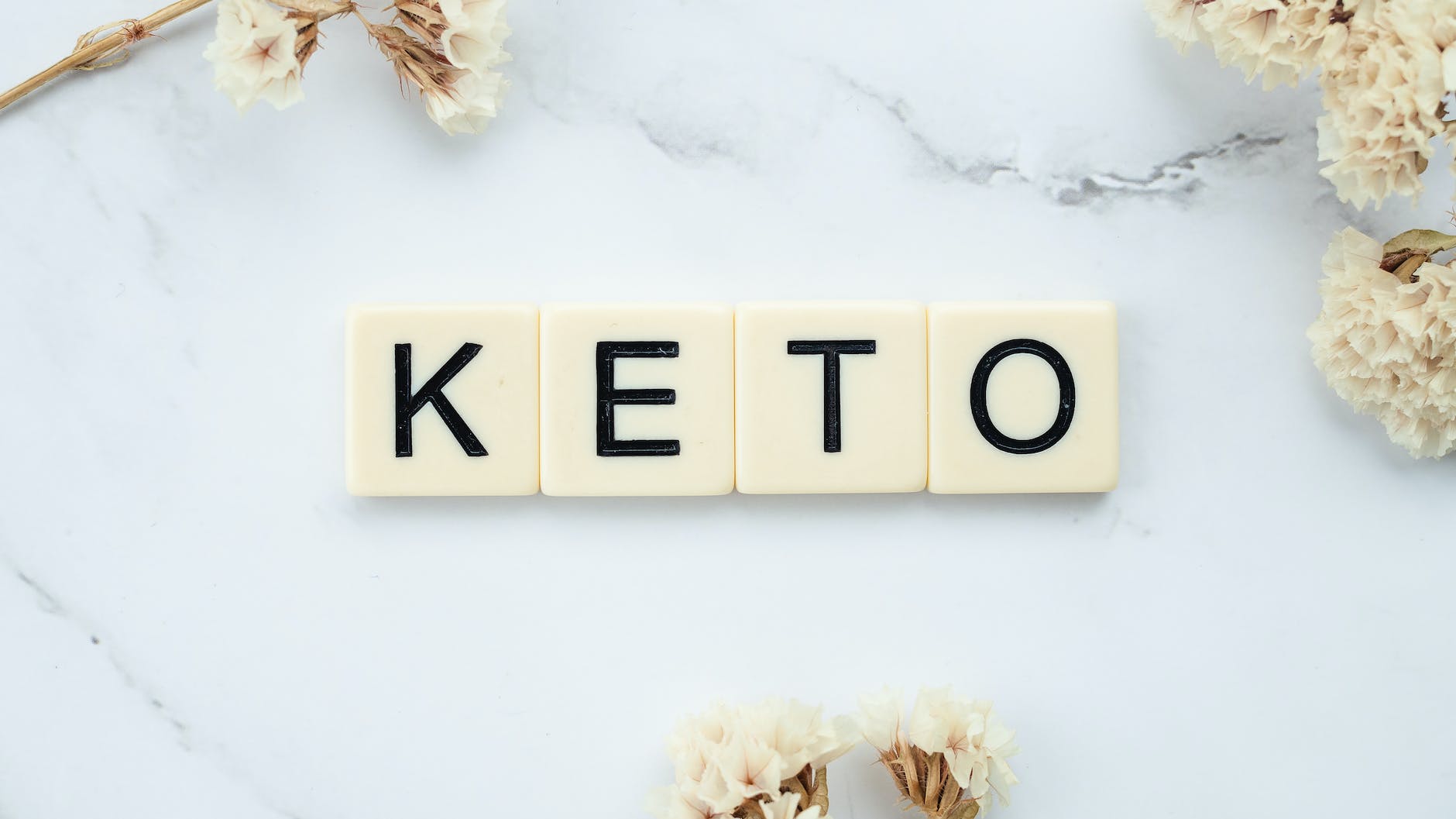
The ketogenic diet, or keto diet, has gained popularity for its potential benefits such as weight loss and improved blood sugar control. This low-carbohydrate, high-fat diet requires careful attention to food choices to maintain ketosis, a state where the body burns fat for fuel. With its wide range of culinary uses, cornstarch is a common ingredient found in many recipes. But is cornstarch keto-friendly? Let’s explore the lowdown on cornstarch and its compatibility with the keto diet.
Understanding the Keto Diet 🥑
Before delving into the specifics of cornstarch, let’s recap the fundamental principles of the keto diet. The keto diet emphasizes consuming low amounts of carbohydrates while increasing fat intake to promote ketosis, a metabolic state where the body primarily burns fat for energy. By limiting carbohydrates, the body depletes its glycogen stores and starts breaking down fats into ketones for fuel.
In a typical keto diet, carbohydrates are restricted to around 20-50 grams per day, while fats make up about 70-75% of the total caloric intake, and protein contributes around 20%. This macronutrient balance is essential for achieving and maintaining ketosis.
Understanding Cornstarch 🌽
Cornstarch is a fine, powdery substance derived from corn. It is commonly used as a thickening agent in cooking and baking due to its ability to absorb liquid and create a smooth, thick consistency. It is often found in sauces, soups, gravies, and various baked goods.
Nutritional Composition of Cornstarch 📊
Let’s take a closer look at the nutritional composition of cornstarch per 100 grams:
| Nutrient | Amount |
|---|---|
| Calories | 381 |
| Total Fat | 0.1g |
| Saturated Fat | 0g |
| Total Carbohydrates | 91g |
| Sugars | 0.3g |
| Dietary Fiber | 0.9g |
| Protein | 0.3g |
| Sodium | 2mg |
| Potassium | 2mg |
As you can see, cornstarch is almost entirely composed of carbohydrates, with very minimal amounts of fat, protein, and fiber. This high carbohydrate content raises concerns about its compatibility with the keto diet.
Cornstarch and the Keto Diet 🚫
Due to its high carbohydrate content, cornstarch is not considered keto-friendly. A single tablespoon of cornstarch contains around 7 grams of net carbohydrates, which can quickly add up and hinder ketosis. Consuming significant amounts of cornstarch can lead to blood sugar spikes and hinder the metabolic shift into ketosis.
Additionally, cornstarch lacks the essential fats and proteins that are vital for a well-balanced keto diet. It provides primarily empty calories without substantial nutritional value.
Keto-Friendly Alternatives to Cornstarch 🔄
Fortunately, there are several keto-friendly alternatives to cornstarch that can be used as thickening agents in recipes. These alternatives not only provide similar results but also offer additional nutritional benefits. Here are a few options:
- Almond Flour: Almond flour is made from finely ground almonds and adds a nutty flavor to dishes. It can be used as a thickener in sauces and can also serve as a gluten-free, low-carb substitute for breading in keto recipes. It contains healthy fats, protein, and fiber, making it a more nutritious choice compared to cornstarch.
- Coconut Flour: Coconut flour, made from dried and ground coconut meat, is an excellent gluten-free alternative. It is highly absorbent and can be used in recipes that require thickening, such as sauces and baked goods. Coconut flour is low in carbohydrates and rich in fiber, which can help maintain stable blood sugar levels and support digestive health.
- Psyllium Husk Powder: Psyllium husk powder is a soluble fiber derived from the husks of the Plantago ovata plant. It is an effective thickening agent and can be used in both sweet and savory recipes. Psyllium husk powder is extremely low in carbohydrates and high in fiber, promoting satiety and aiding in digestion.
- Xanthan Gum: Xanthan gum is a common keto-friendly thickening agent derived from fermented sugar. It is highly effective in small quantities and is commonly used in gluten-free and low-carb recipes. Xanthan gum is virtually carbohydrate-free and provides a smooth, thick texture to sauces, dressings, and baked goods.
Conclusion 💡
While cornstarch is a widely used ingredient for thickening purposes, it is not suitable for the keto diet due to its high carbohydrate content. Substituting cornstarch with keto-friendly alternatives such as almond flour, coconut flour, psyllium husk powder, or xanthan gum can help maintain the desired macronutrient balance and support ketosis. Always check labels and choose ingredients that align with the principles of the keto diet to ensure your recipes are both delicious and keto-friendly.











